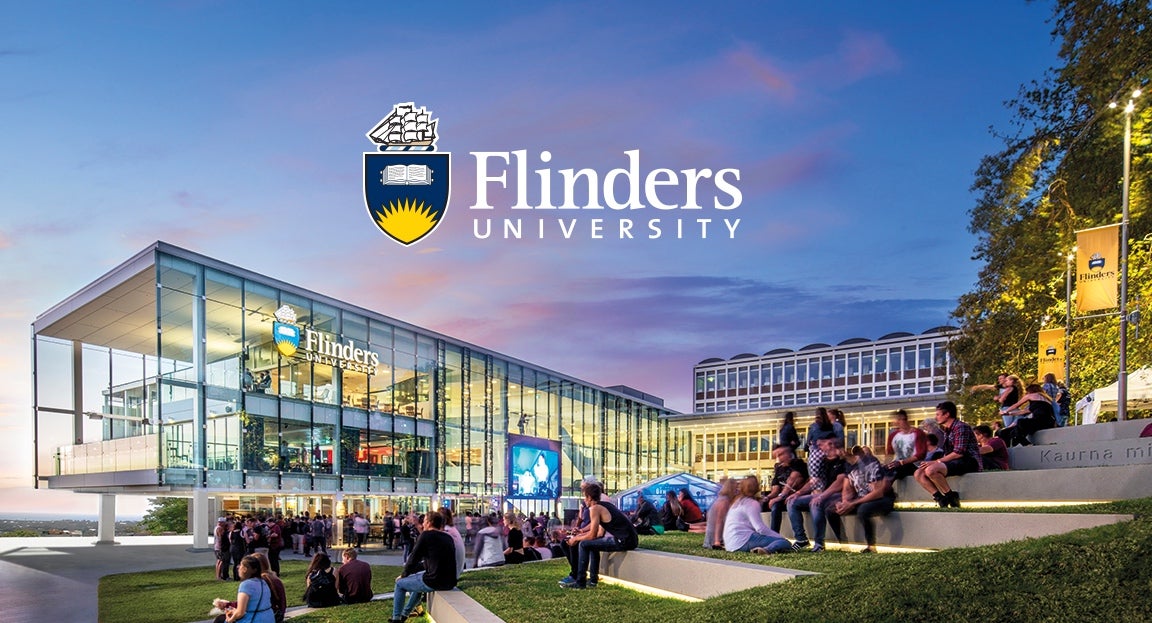Flinders University, a leading educational institution in Australia, is using the Boomi platform to power a cloud-first strategy that will modernize IT and deliver seamless digital experiences to students and staff.
Ranked as one of the world’s leading universities by Times Higher Education, Flinders serves more than 27,000 students. The school’s main campus is in Southern Adelaide, and it also has satellite campuses and a geographical footprint in locations across Australia and internationally.
To help prepare its students for a future with ongoing technological innovation and change, the university wants to provide a cutting-edge technical experience in every aspect of campus life. That means moving to the cloud and improving the university’s technical services not only for students, but also for staff (more than 5,000 employees) and alumni.
As it began developing its ambitious plans, Flinders quickly recognized the critical need for integration to connect new cloud applications and legacy systems.
“We had very immature integration capabilities that were ad hoc, point-to-point and very manual,” says Nicole Fishers, Flinders’ deputy chief information officer. “We quickly realized that our lack of integration capability would be a limiting factor in our cloud-first roadmap.”
Watch the case study video to hear the story of Flinders University’s digital transformation journey from deputy CIO Nicole Fishers.
To tackle these challenges efficiently, Flinders selected Boomi’s low-code, cloud-native integration platform. The Boomi unified platform addresses the university’s full scope of data and integration needs, including cloud-native integration, data quality management, workflow automation and API management — supporting true digital transformation by easily and efficiently connecting applications, data and people.
“Boomi is helping us deploy integrations far faster and with much greater flexibility than we ever thought possible,” Fishers says. “Boomi is central to our ability to quickly roll out new digital services, as well as more easily respond to any technology or market changes.”
Migrating Student and Financial Data to the Cloud
Flinders’ most pressing integration challenge was large-scale migration of a core student management system (SMS) and financial systems from on-premise deployments to the cloud.
Using Boomi, the Flinders team reworked and replicated about 130 integrations between the SMS and the financial system to other applications, including systems for learning management, human resources, CRM and admissions.
Fishers says that Boomi’s reusable, standards-based environment supported its complex, high-profile project with exceptional speed and scalability. The university’s IT team completed the project in just a year, streamlining connectivity and eliminating much manual work.
“Without Boomi, it would have been almost impossible to meet our objectives in the time we had set,” Fishers says. “It would have taken us at least twice as long to build the 130 integrations we needed if we took another approach instead of Boomi.”
An Omnichannel Approach to Education
Building on its initial success with Boomi, Flinders is working towards providing mobile-friendly, on-demand access to educational resources and information across multiple channels.
The university is using the Boomi platform to enrich and streamline student experiences, from recruitment and onboarding to graduation and alumni relations. New integrations are being designed to help Flinders better understand and anticipate the needs of students and staff, to deliver more personalized interactions.
Kelvin McCarthy, a solution architect for Flinders’ information and digital solutions team, adds that the Boomi platform provides a modern, cohesive structure and consistency for students.
“Boomi’s integration capabilities ensure our apps operate concurrently and consistently so that students can learn through a modernized environment that is accessible on their terms — on mobile, at any time, from any location,” McCarthy says.
To learn more about how Boomi helps colleges and universities build an integrated digital campus, watch our webinar: “Building the Connected Campus“


 English
English 日本語
日本語